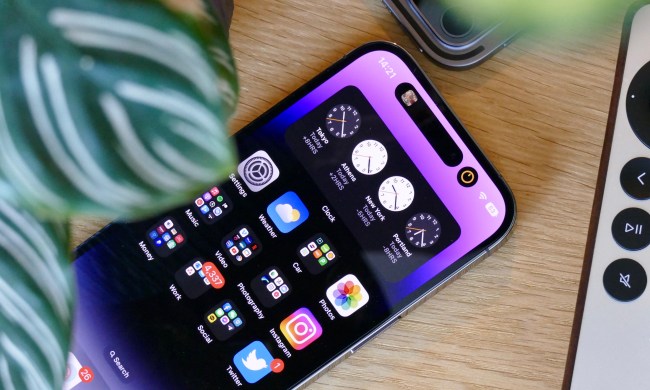One of iOS 14‘s more unsung heroes is its Back Tap feature. Lost in all the excitement over home screen widgets and the new App Library, it lets you perform actions or activate shortcuts with only a couple of taps of the iPhone’s rear. It’s a simple and speedy way of doing things, and it also doesn’t require you to reassign the function of any hardware button.
This guide explains how to use iOS 14’s Back Tap feature. It explains how to switch on the feature and how to customize it, while it also deals with problems you may occasionally encounter.
How to use iOS 14’s Back Tap feature
To activate the feature, take the following path: Settings > Accessibility > Touch > Back Tap.
Once you’re on the Back Tap screen in Settings, you’ll see two options: Double Tap and Triple Tap. Decide which one you’d like to assign a function to, and tap on it accordingly.
Once in the menu screen for either Double Tap or Triple Tap, you’ll see a range of actions and functions. These will be categorized according to type: System, Accessibility, Scroll Gestures, and Shortcuts. For example, System actions include Control Center (which opens the Control Center) and Spotlight (which opens the iPhone’s Spotlight search bar).
Tap whichever function one you’d like to assign to the double Back Tap. You’ll now be able to tap twice on the back of the iPhone to use the action. Remember: Aim the two taps for the middle of the iPhone’s rear, and make sure to tap quite firmly. Also, ensure that the taps come in fairly quick succession.
If you want to assign a function to the triple Back Tap, go to Settings > Accessibility > Touch > Back Tap > Triple Tap. Then tap whichever function or action you’d like to assign to the triple Back Tap.
How to customize iOS 14’s Back Tap feature
The above covers the essentials of using iOS 14’s Back Tap feature. However, it is possible to customize the feature in a couple of ways.
Firstly, one function you can use with Back Tap is the accessibility shortcut. This means that tapping on the back of the iPhone will trigger whichever function you’ve pre-assigned to the shortcut. If you haven’t assigned anything to this shortcut, you can do so by going to Settings > Accessibility > Accessibility Shortcut.
Once in the accessibility shortcut screen, you can tap one of the functions to assign it as the shortcut. Once assigned, you’d normally triple-click the side button to activate it (and you can still do this). However, with Back Tap, you can also choose to activate it by either double- or triple-tapping on the back of the iPhone.
Secondly, any new shortcut you create using the Shortcuts app will appear as an option in Back Tap. To create a new shortcut, open the Shortcuts app, and then tap the Plus Sign (+) button in the top-right corner of the screen before tapping Add Action.
You’ll now be able to choose from a variety of options related to your iPhone’s different apps and features. For instance, tapping Apps > Phone will let you create a shortcut you can use to quickly phone a contact. Tapping Media > Play Music will create one that will quickly play a selected song.
Once you’ve created a new shortcut, go back to Settings > Accessibility > Touch > Back Tap > Double Tap (or Triple Tap). You’ll now see the new shortcut under the Shortcut sub-heading.
What to do when Back Tap doesn’t work
Back Tap may still be a very new feature, but we have already discovered issues. Regardless of how firmly the back of our iPhone was tapped, the shortcut we’d assigned to Back Tap wouldn’t run.
Luckily, this problem can be solved using a time-honored tradition: Shutting down your iPhone and booting it up again. This worked for us, although if Back Tap still doesn’t work after this, try setting it up and reassigning actions all over again from scratch.
Also, if you’re using shortcuts created in the Shortcuts app, make sure that they’ve been created correctly. For example, we’d mistakenly chosen “Expand URL” as a function, when in fact we had wanted to open a URL to bring up a website.














